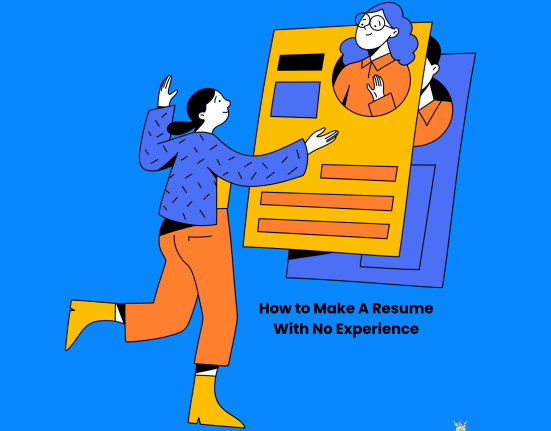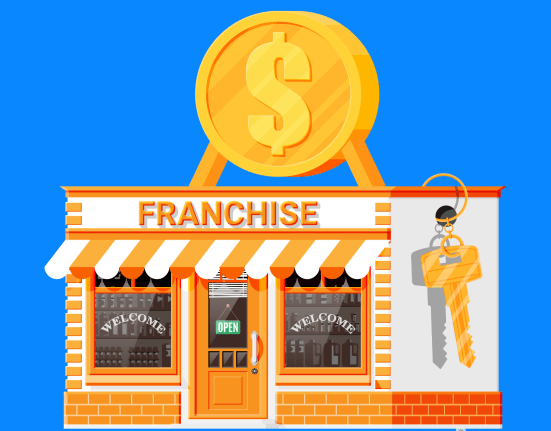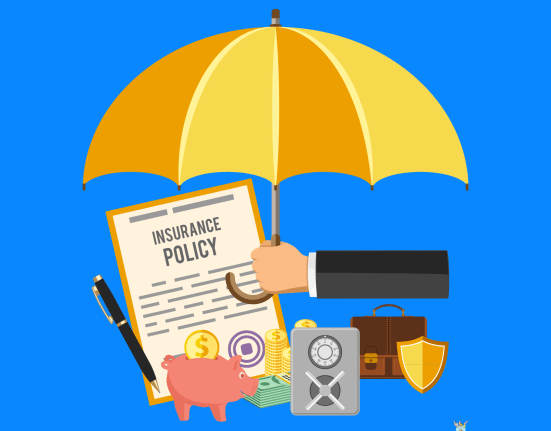The startup scene has exploded in popularity over the last twenty years. Believe it or not, terms like “startup,” “investments,” “accelerators,” “incubators,” and “unicorn” were barely known or didn’t exist at all just two decades ago. Now, anyone with a groundbreaking idea can launch a startup aimed at introducing innovative products or solving business problems.
People start startups for various reasons: some are in it for profit, others want to address business challenges, and many desire the independence of working for themselves instead of answering to a boss.
However, transforming into a successful company that giants like Google, Apple, and Microsoft might want to buy is no small feat. The journey is challenging, especially if you’re unprepared for what lies ahead.
In this article, we’ll guide you through everything you need to know about startups, including a detailed breakdown of the seven stages of startup development. We’ll discuss funding options for each stage and highlight key aspects of each phase. Get ready for an insightful read.
Happy reading!
Stage 1: The Birth of an Idea
Initially, all you have is an idea. This idea should be scalable, viable as a product or service, and address the specific needs or problems of your target customers.
One of the simplest ways to find an idea is by being active in a community that faces challenges. By solving a problem for yourself, you’re also solving it for others in the community.
Alternatively, you can identify a significant issue that affects a group of people and brainstorm solutions to make their lives easier.
Sometimes, an idea might even strike unexpectedly while you’re relaxing with a cup of coffee.
This initial stage involves forming a team. You’ll need to convince others to join you and help develop the idea. Together, you’ll craft a unified vision for your project. This phase doesn’t require money, but it demands commitment and time to build a team and develop a shared project vision.
Key considerations:
- What problem does your idea solve for customers?
- How do you plan to solve it?
- Why is your team the right one to bring this idea to life?
Team size: Up to 4 people
Distinctive Features:
- A viable product idea
- A collective vision for the project
- No existing product
Funding: None needed; this stage relies on your time.
Stage 2: Analysis and Pre-Seed Funding
This phase is dedicated to in-depth analysis. It includes competitor research, defining the target audience, developing buyer personas, pinpointing promotional channels, and drafting a preliminary financial plan that covers both costs and potential revenue streams. At this point, there’s no formal business structure, just a team exploring the feasibility of the idea and setting specific, measurable goals.
Also known as the pre-seed funding stage, it typically does not involve external capital. It’s often about bootstrapping, where funding comes from personal savings, friends, and family. The term “bootstrapping” is an old saying, meaning to accomplish something that seems impossible.
Key considerations:
What defines your buyer persona?
Who is your target audience, and how do you plan to reach them?
What do you know about your competitors? How is your product or service different?
Do you have a plan for making money? If so, what are your main revenue sources?
Team size: Up to 4 people
Distinctive Features:
- No formal business entity yet
- Comprehensive market and competitor analysis
- No product currently available
Funding: Bootstrapping (using personal savings, funds from friends and family)
Stage 3: Seed Funding Search
When the startup team confirms that the market demands their product or service, they enter what’s known as the “seed stage.” At this point, they need external funding to fuel growth, much like a seed needs water to grow.
The crucial task here is to prove the viability of your idea to potential investors. Beyond personal funding sources, this stage often involves seeking funds from business angels, incubators, and venture capital firms. Key elements used to attract these investors include a clear product vision, a solid business plan, a mission, measurable goals, revenue projections, a prototype, and a presentation highlighting the market demand and a skilled team.
However, these elements do not guarantee investors will see a return, as the risk of failure remains high. But they do help teams argue that their business idea is promising and potentially profitable.
Key Questions to Consider:
- What is your business plan?
- Why should people invest in your project?
- Can you showcase your idea with a prototype?
Team size: Up to 10 people
Distinctive Features:
- No official organization yet
- No existing product
- Development of a business plan
- Initial external funding
Funding Source: Personal savings, friends, family (bootstrapping), business angels, small venture capital firms, incubators.
Stage 4: Market Entry and Series A Funding
At this stage, the startup has a team, a product vision, potentially a prototype, and enough funding to cover development and operational costs. Teams begin the development lifecycle, create a Minimum Viable Product (MVP), and launch it into the market. An MVP includes just enough features to add value for users and collect early feedback, which is crucial for validating the market viability of the product.
Startups also need to develop a robust system of performance indicators at this stage, such as Google Analytics, conversion rates, user engagement metrics, and regular surveys to determine if the product is truly adding value to customers. This is also a time when the team might expand.
If successful, the team may seek additional funding, known as “Series A funding,” primarily through venture capital and crowdfunding platforms. Venture capital is an option if the team has demonstrated a viable, growing business model. Crowdfunding has become viable through the internet, gathering small amounts of capital from many people to support the startup. Founders can consider this option if their product has gained significant user support and trust.
Key Questions to Consider:
- Does the product fit the market?
- What improvements could increase user satisfaction?
- Does the startup need more funding for growth?
- Is there a comprehensive system for feedback and metrics?
Team size: Up to 20 people
Distinctive Features:
- Market entry
- First customers
- Real user feedback
- MVP development
- Comprehensive metrics system
Funding Source: Series A funding
Stage 5: Growth and Series B Funding
Reaching this stage is a significant milestone, indicating that the startup has successfully made its market debut and carved out a niche. The focus now shifts to maintaining stable growth, analyzing customer profiles, refining the product, improving marketing strategies, establishing sales processes, defining corporate culture, and hiring new staff.
At this stage, the emphasis is on consistent profitability and fine-tuning operations. A steady flow of revenue leading to profits is crucial, as is having well-established processes to facilitate scaling.
Furthermore, startups might seek Series B funding to fuel additional growth, with funding typically coming from corporate venture capitals focused on later-stage startups.
Key Questions to Consider:
- How can you become a recognized market leader?
- What processes are necessary to sustain growth?
- Is your company fully staffed?
- Are your sales processes robust enough to ensure consistent revenue?
- How can you enhance your business model for greater profitability?
Team size: Up to 200 people
Distinguishing Features:
- A loyal customer base
- A fully functional product
- Scaling operations
- Systematic processes
Funding Source: Series B funding
Stage 6: Expansion
In the expansion stage, the sole objective is growth. Startups explore new opportunities to penetrate new markets or expand within the same geographic region by offering new or complementary products and services.
This stage significantly reduces investment risk, attracting a broader range of investors, including hedge funds, private equity firms, and investment banks.
Questions to Consider:
- How can you reach more customers?
- Is your company prepared for international expansion (in terms of processes and finances)?
Team size: More than 200
Distinguishing Features:
- Exploring new markets globally or locally
- Lower risk investment opportunity
- Diverse funding sources
Funding Source: Series C, D funding, and others
Stage 7: Exit or Continuation
This stage offers startups two main pathways:
- Acquisition: The startup may be acquired by a larger company, ceasing to exist as an independent entity.
- Initial Public Offering (IPO): The startup may go public.
Alternatively, some startups choose to continue growing independently, potentially becoming unicorns.
Questions to Consider:
- When is the right time to exit?
Team size: More than 1000
Distinguishing Features:
- Attractive enough for acquisition by larger companies
Funding Source: Generated revenue
Conclusion
If you’re starting a business, there are seven stages you’ll likely go through on your path to success. While it’s true that over 90% of startups fail, don’t let that deter you. Even a 1% chance of success is enough reason to begin a journey that could lead to something truly remarkable. We wholeheartedly believe in that possibility.











Leave feedback about this